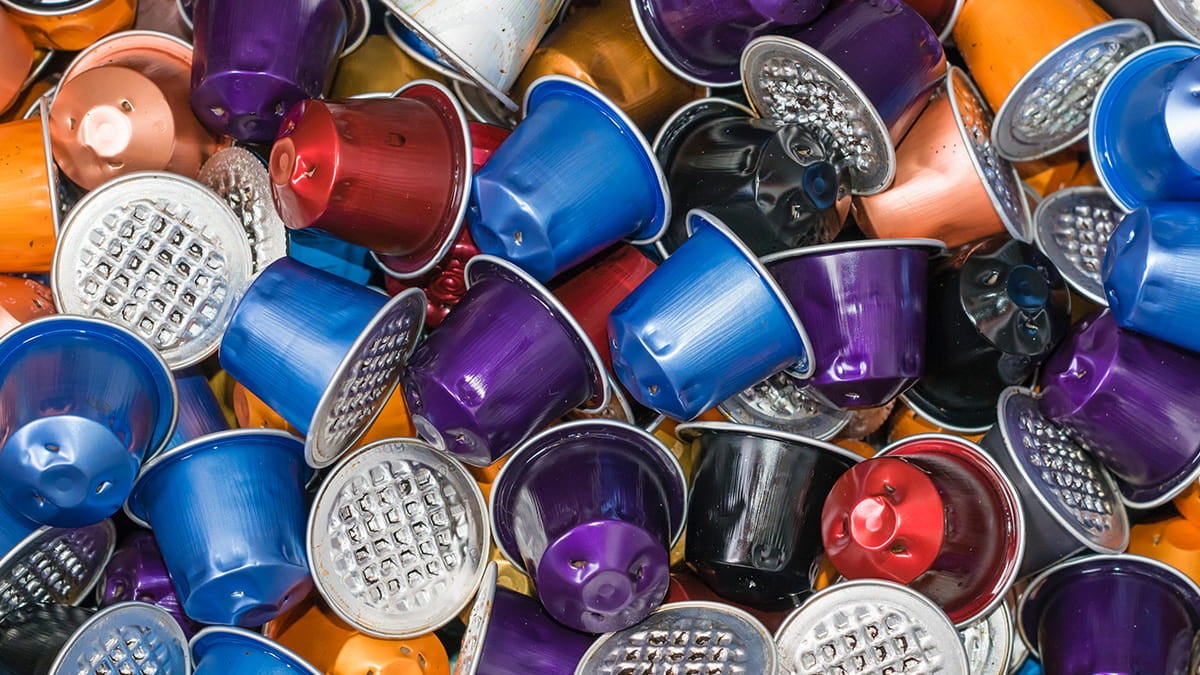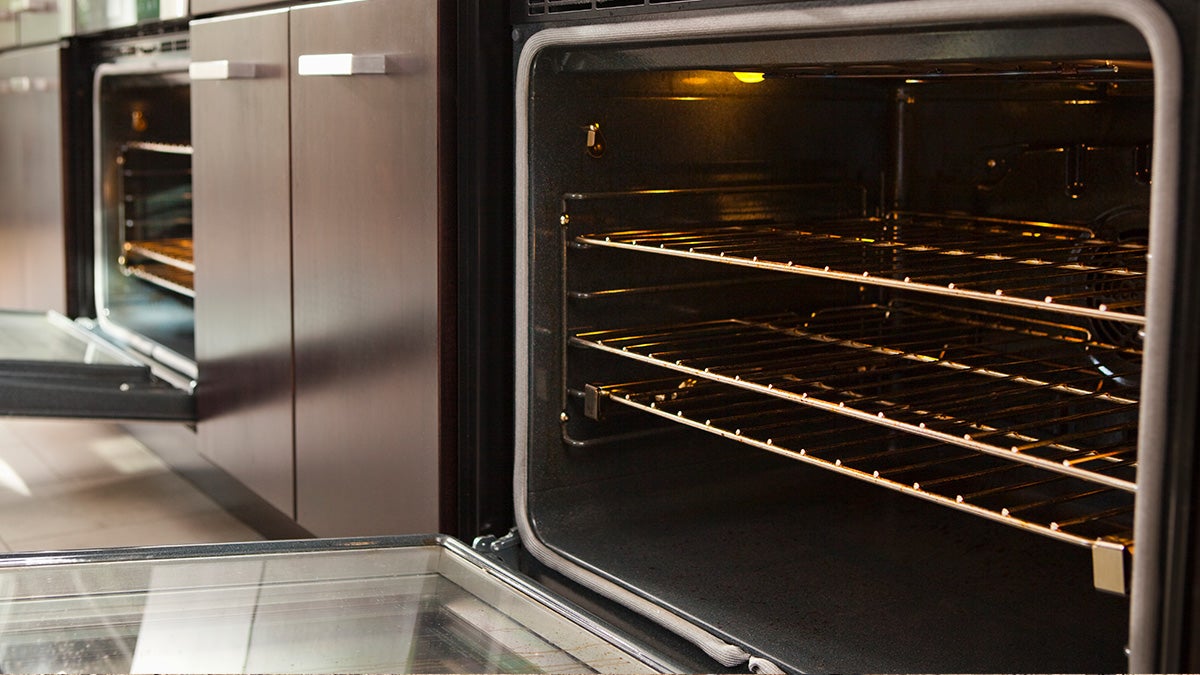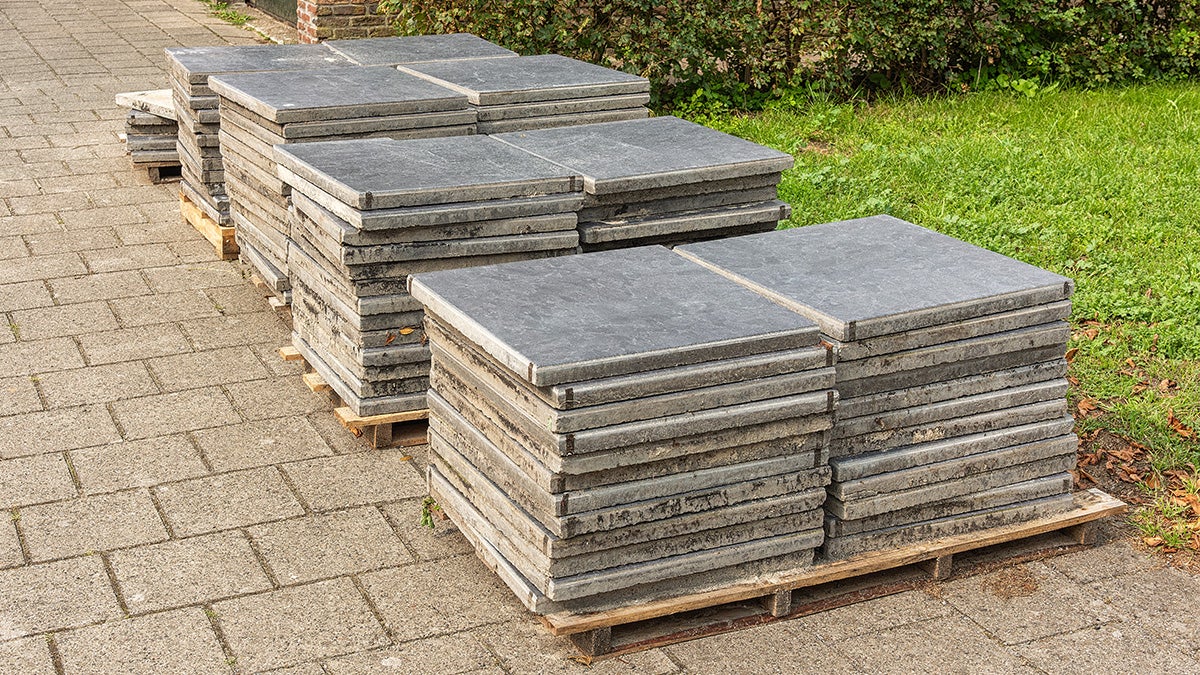Coffee pods offer ultimate convenience–but they come at a cost. In North America alone, billions of single-use coffee pods end up in landfills every year. According to recent estimates, over 30 billion pods were consumed globally in 2023, with a large portion of that waste not properly recycled.
The good news? Coffee pods are recyclable, and there are simple ways to keep them out of the landfill. This guide will walk you through how to recycle your pods, no matter the brand, including K-Cups, Nespresso capsules, and Keurig pods.
Are your coffee pods recyclable?
Most coffee pods are made from a mix of materials like plastic, aluminum, and organic matter–all of which can impact recyclability. While these materials are technically recyclable, the combination of components and contamination with coffee grounds can make them tricky to process.
If every coffee pod were recycled properly, the environmental impact would be dramatically reduced. For example, Nespresso claims its aluminum pods are infinitely recyclable, yet only about 30% of them are actually recycled globally.
Not all coffee brands offer take-back programs, but many pods may still be recyclable through your local recycling system, especially if you separate the materials first.
Here’s a breakdown of major coffee pod brands, their materials, and available recycling programs:
Brand: Nespresso
Materials: Aluminum pods, plastic lids
Recycling Program: Nespresso Recycling Program - free mail-back bags or drop-off at retail partners.
Brand: Keurig/K-Cups
Materials: #5 plastic pods, aluminum foil tops
Recycling Program: K-Cycle Program - available to select commercial partners. Home users must separate components for local recycling.
Brand: Tassimo
Materials: Plastic pods with foil top
Recycling Program: TerraCycle Program - partner program for harder-to-recycle pods.
Brand: Illy
Materials: Plastic and aluminum components
Recycling Program: No branded program, but parts may be recyclable locally if separated.
Brand: Lavazza
Materials: Biodegradable or industrially compostable pods (select types)
Recycling Program: Check packaging for composting instructions and local facility compatibility.

Where to recycle your coffee pods
Even if your pod brand doesn’t offer a return program, don’t worry—there are still options.
Coffee pods are typically made from Aluminum, Plastic (#5 is most common), Paper filters or Coffee grounds.
To find out how to recycle your specific pods, check the packaging or the manufacturer’s website for details on materials used.
Here’s where you can recycle them:
- Curbside collection: Some local recycling programs accept separated pod components. Always double-check with your municipality.
- Drop-off programs: Retailers like Staples and Best Buy may offer recycling for electronics and single-use items.
- Brand-specific mail-in options: Nespresso and TerraCycle offer free return programs for certain brands and pod types.
- Household hazardous waste programs: Some municipalities collect non-standard recyclables at special depots or events.
When in doubt, contact your local recycling center to ask if they accept pod components separately.
To recycle coffee pods properly, follow these steps:
1. Cool down the pod after brewing.
2. Peel back the foil lid or puncture it to open.
3. Empty the used coffee grounds (they can go into your compost or garden).
4. Separate components - plastic, aluminum, and paper filters.
5.Rinse thoroughly to remove any coffee residue.
6. Sort materials into your local recycling bins as directed.
Pro tip: Save used coffee grounds to fertilize plants or deodorize your fridge!
We take all kinds of junk
At 1-800-GOT-JUNK?, we’re always ready to help! We offer junk removal services across the United States, Canada, and Australia. Plus, we offer easy, upfront pricing and a hassle-free experience.






